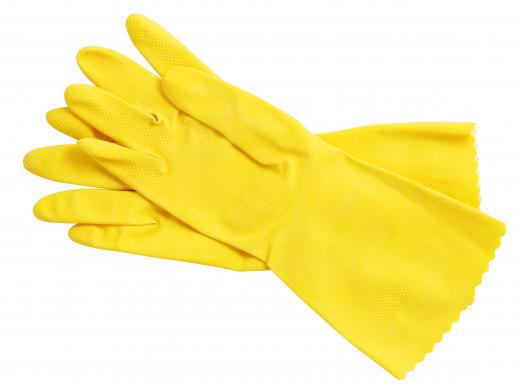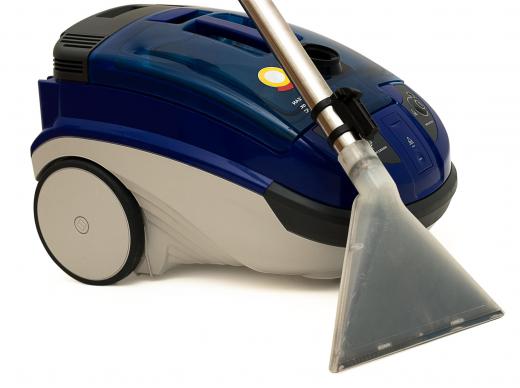There are a number of chimney tools available to help in cleaning a chimney. Keeping the chimney clean is very important since a build up of carbon materials, called creosote, can collect on the interior walls. At extremely high temperatures, this build up can ignite, resulting in a chimney fire. To prevent this, a variety of brushes and other tools are used.
A flue brush is one of the most common chimney tools for removing creosote deposits. They may be made of stainless steel, oil tempered steel, or thermoplastic, such as polypropylene. They may be oval or rectangular, and can also be found in various sizes and lengths.

Polypropylene brushes have softer bristles than some other chimney tools, and can be used on several types of chimneys. The soft brush will not scratch the interior of a metal chimney, and is less likely to damage a chimney liner. The thin bristles offer good flexibility, but are less effective at scraping than a wire brush.
Wire brushes are often more effective than plastic for scraping the interior walls. These brushes may be round or flat, although the flat brush is becoming the more common among chimney tools since it is better able to scrape against the walls. Wire hand brushes are chimney tools that can be used for a variety of tasks. They can be used to clean the chimney caps, the smoke chamber, and the firebox. They can also be used for cleaning ash and soot from the fireplace.
Chimney rods are used to push the brushes through the flue. They attach to the brushes, and several rods can be connected to provide the length necessary. Different rods can be used for different tasks.

If scraping creosote, a rattan rod would be most useful, since it is very strong and tough. Polypropylene rods are flexible, but cannot withstand prolonged use. Fiberglass rods are the most popular, since they come in a variety of degrees of flexibility.
Another useful chimney cleaning tool is the rotary steel cable tool. It is attached to a special metal rod which is connected to an electric drill. When turned on, the cable spins inside the chimney, breaking up any deposits. This is very effective in cleaning some of the heavier deposits of creosote that may exist.
Chemicals can be used in addition to chimney tools but are generally intended to be used after the chimney has been cleaned. There are some products available that can be used to help remove hardened creosote. Most manufacturers recommend allowing the product to dry for three to five days prior to scarping. Whenever a chemical is used, it is recommended that all manufacturers instructions be followed.
